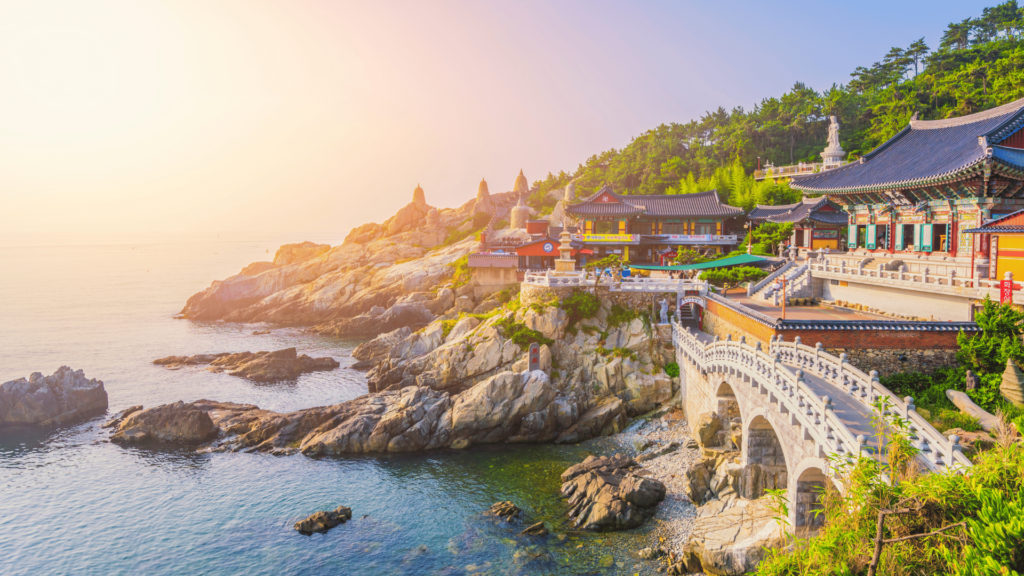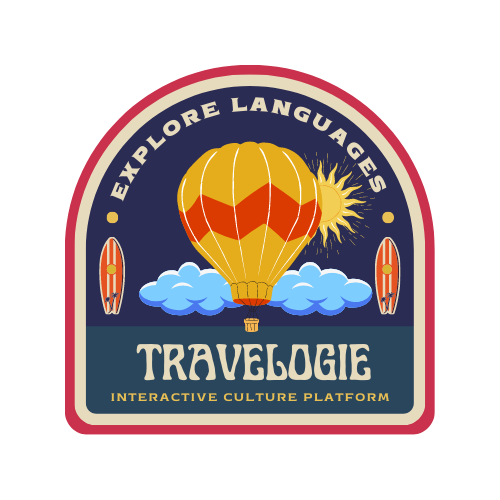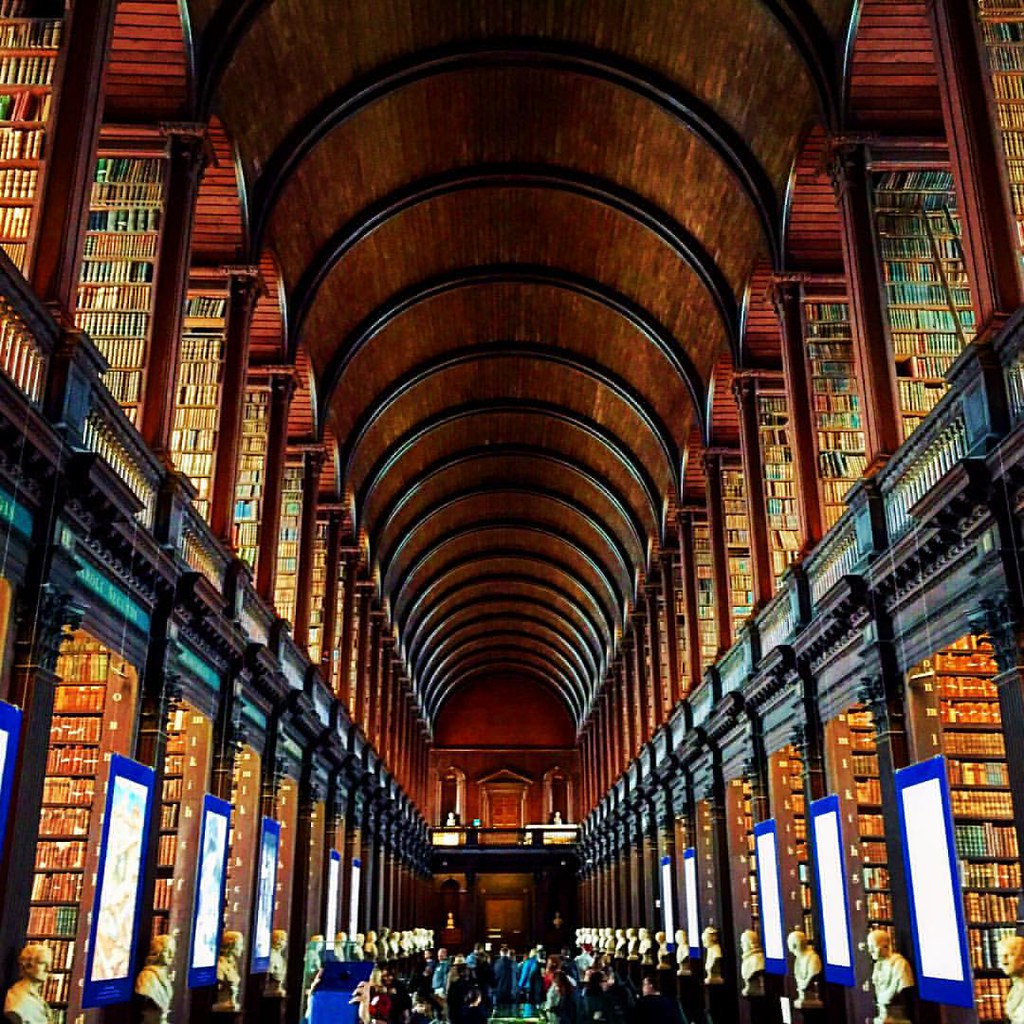Busan, Korea

Busan, located in the southeastern part of the Korean Peninsula, has a long history dating back to the prehistoric period. During the Three Kingdoms period (57 BCE–668 CE), it was known as Geochilsan-gun and served as a center of maritime trade. In the Goryeo dynasty (918–1392), it was an important port city and center of culture and learning. During the Joseon dynasty (1392–1897), Busan was designated as a naval base and was an important center of trade with Japan and China. In the late 19th century, Busan became a treaty port and saw significant economic growth and modernization under Japanese colonial rule (1910–1945). After the Korean War (1950–1953), Busan played a key role in the reconstruction of the country and became a major industrial and commercial center. Today, it is the second-largest city in South Korea and continues to be an important center of trade and commerce, as well as a popular tourist destination.
The top tourist attractions in Busan, Korea include:
1. Haeundae Beach: Haeundae Beach is one of the most popular beaches in Korea and is a great place to relax and enjoy the sea. Haeundae District, free entry, open 24/7. Address: 264, Haeundaehaebyeon-ro, Haeundae-gu, Busan
2. Gwangalli Beach: Gwangalli Beach is another popular beach in Busan and is a great place to enjoy the sunset. Address: 219, Gwanganhaebyeon-ro, Suyeong-gu, Busan.
3. Jagalchi Market: One of the largest seafood markets in the world. It’s a bustling market where you can find all kinds of fresh seafood and sample delicious seafood dishes. Located at: Busan Nampo-dong, Jung-gu. Tel:+82 51-713-8000. Website: jagalchimarket.bisco.or.kr
4. Yongdusan Park: Yongdusan Park is a large park in the center of Busan and is a great place to relax and enjoy the city. Address: 37-55, Yongdusan-gil, Jung-gu, Busan, South Korea. Hours Open: 24-hrs. Phone: +82-512451066
5. Gamcheon Culture Village: Gamcheon Culture Village is a colorful village on the outskirts of Busan and is a great place to see traditional Korean architecture. Located in the Saha District, entry fee is KRW 2,000 for adults and KRW 1,500 for children aged between 6 and 11 years old. Open from 9am to 6pm. Address: 203, Gamnae 2-ro, Saha-gu, Busan. Website: 감천문화마을 (gamcheon.or.kr)
6. Haedong Yonggungsa Temple – A historic Buddhist temple located on a scenic island. It’s a very popular spot for photos, especially during sunrise and sunset. Address: 86 Yonggung-gil, Gijang-gun, Busan, South Korea. Phone: +82 51-722-7744. Website: Haedong Yonggung Temple (yongkungsa.or.kr)
7. Beomeosa Temple: Locatedjeongsan Mountain in the Geumjeong District. Free but donations are welcome, open from sunrise to sunset. Templestays also available. Address : 20, Sangma 1-gil, Geumjeong-gu, Busan Tel : 82-070-7728-8861 / Fax : +82-51-508-3229
8. Busan Tower – An iconic landmark and observation tower offering panoramic views of Busan’s skyline, beaches, and sea. Address: 37-30 Yongdusan-gil, Jung-gu, Busan, South Korea. The entrance fee for Busan Tower is ₩8,000 or $6.9, but you can purchase your ticket online for only ₩6,900 or $5.9.
8. Gwangan Bridge: – A scenic pedestrian bridge that spans the Busan Harbor. It’s a popular place for walking, jogging, cycling, and enjoying the night view.
9. Busan Museum – Features art, history, and cultural artifacts of Busan. It is located in a historic building that was once the office of the Japanese Governor–General of Korea, which is in Sasangu, entry fee is ₩3,000 adults. Tues-Sun 9:30am-6pm. Closed Mondays, holidays. Website: Home : Busan Museum
10. Gukje Market – A traditional market where you can find local handicrafts, pottery, silk, and other goods. It’s a great place to soak in the historic atmosphere of Busan. Address: 25 Gukjesijang 2-gil, Jung-gu, Busan, South Korea. Phone: +82 51-245-7389. Website: 국제시장 | 국제시장 (modoo.at)
Please note that hours of operations might change without notice so it‘s a good idea to check official websites before visiting.
The national currency used in Seoul, South Korea is the Korean Won (₩).
• The currency code for Korean Won is KRW.
• 1 Korean Won is subdivided into 100 chon.
• The won is issued by the Bank of Korea.
• Coins come in denominations of ₩1, ₩5, ₩10, ₩50, ₩100, ₩500, and ₩1,000.
• Banknotes come in denominations of ₩1,000, ₩2,000, ₩5,000, ₩10,000, ₩20,000, ₩50,000, and ₩100,000.
• The won is not freely convertible and is subject to exchange controls. It is pegged to a basket of currencies.
• The won symbol is ₩. It is placed before the numeral. For example, ₩1,000.
• The won has been the currency of Korea since the Korean War in the early 1950s. Before that, Korea used the Japanese Yen.
Busan, South Korea has a humid subtropical climate with warm summers and mild winters. Some key facts about Busan’s climate:
• Summers are hot and humid, with average high temperatures around 88 F or 31 C and high humidity. The hottest months are August and September.
• Winters are mild, with average high temperatures around 45 F or 7 C and lows around 32 F or 0 C. The coldest months are January and February.
• Busan gets a lot of rainfall, especially in summer. The rainy season is from June to August. Typhoons can also affect Busan in late summer and fall.
• Snow is rare in Busan, but the city can see some light snowfall in January. Heavy snow accumulation is uncommon.
• The coastal areas of Busan tend to be a bit warmer than inland areas. The sea breeze helps moderate temperatures in the summer.
• The best times to visit Busan for pleasant weather are spring (March to May) and fall (September to November). The temperatures are mild and the crowds are smaller.
• Busan’s location in southeastern Korea gives it a maritime climate with more moderate temperatures than other parts of the country. The sea influences the climate and keeps extreme heat or cold at bay.
• The city gets over 200 sunny days a year on average, so you can expect plenty of sunshine even in the rainy summer months.
The major airports in Busan, South Korea are:
• Busan Gimhae International Airport (PUS): This is the largest airport in Busan and a major international gateway. Website: www.airport.co.kr/busan
• Jinhae Airport (ICN): This is a domestic airport located in Jinhae-gu, about 30 km from central Busan. It handles flights from Seoul. Website: www.airport.co.kr/jinhae
Here are the major types of transportation in Busan and links to their websites:
• Busan Subway – Busan operates the second largest subway system in South Korea with 4 lines that cover most of the city. Website: busan.kr/subway_bus
• Bus – Busan has an extensive bus network with over 700 bus routes covering the city. Websites: Residents > Transportation > Public Transportation (busan.go.kr)
• Ferry – Busan is a major port city and offers ferry services to many domestic and international destinations. The major ferry operators are Foot Ferry and Busan Ferry. Website: 부산항여객터미널 (busanpa.com) (Busan Ferry), (주)엠에스페리 (haewoon.co.kr) (MS Ferry),
BEETLE | JR KYUSHU JET FERRY (jrbeetle.com)
• Railroad – Busan is connected to the high-speed KTX bullet train network and has frequent trains to Seoul and other major cities. Korail operates the railroad services. Website: korail.com
• Car – Driving and rental cars are also popular options to get around Busan. Major rental car companies include Hertz, Avis, Europcar, etc.
• Bicycle – Busan promotes cycling and has bike rental options as well as bike sharing. Website: Residents > Transportation > Bicycle Rental Shops (busan.go.kr)




